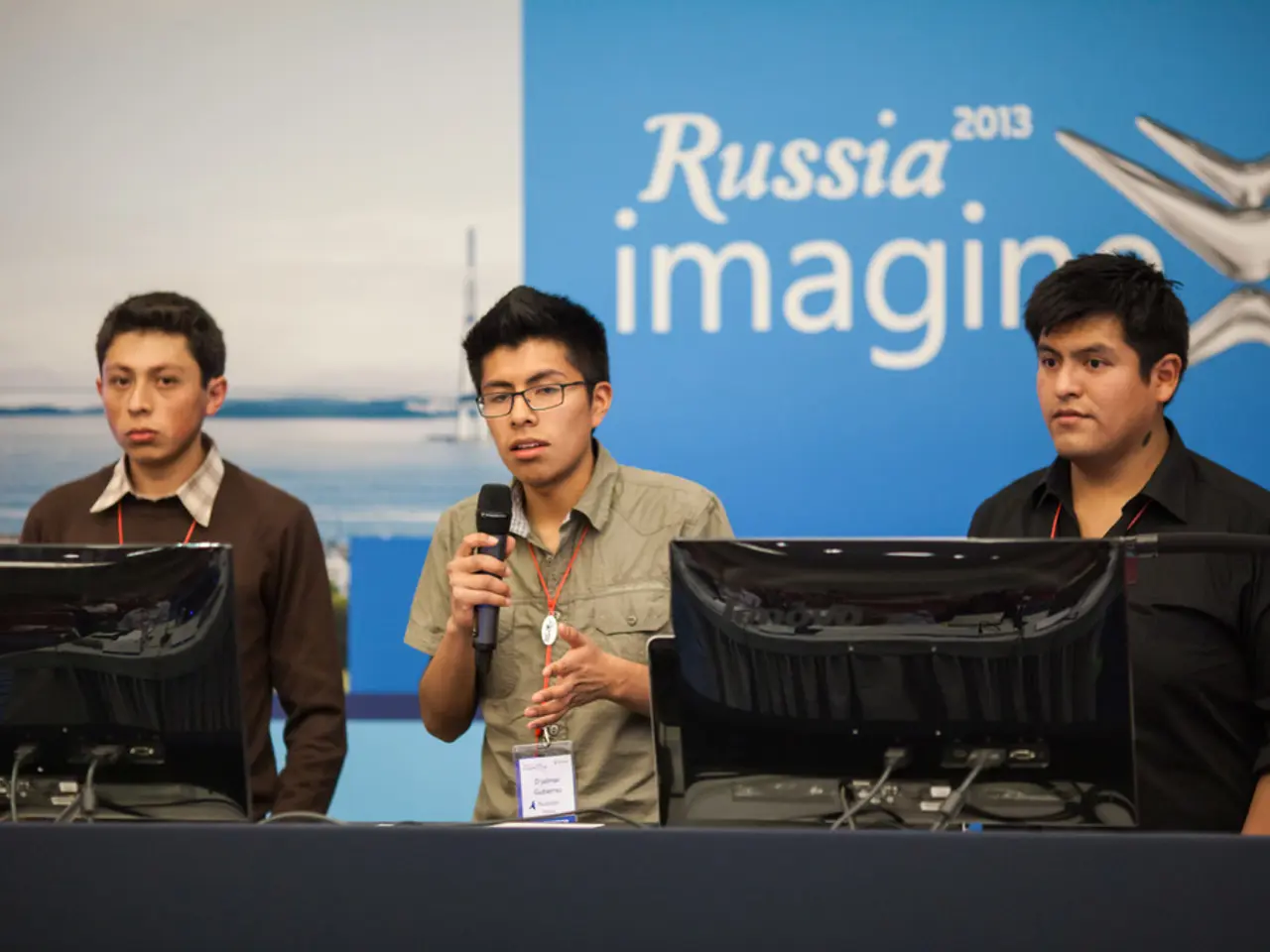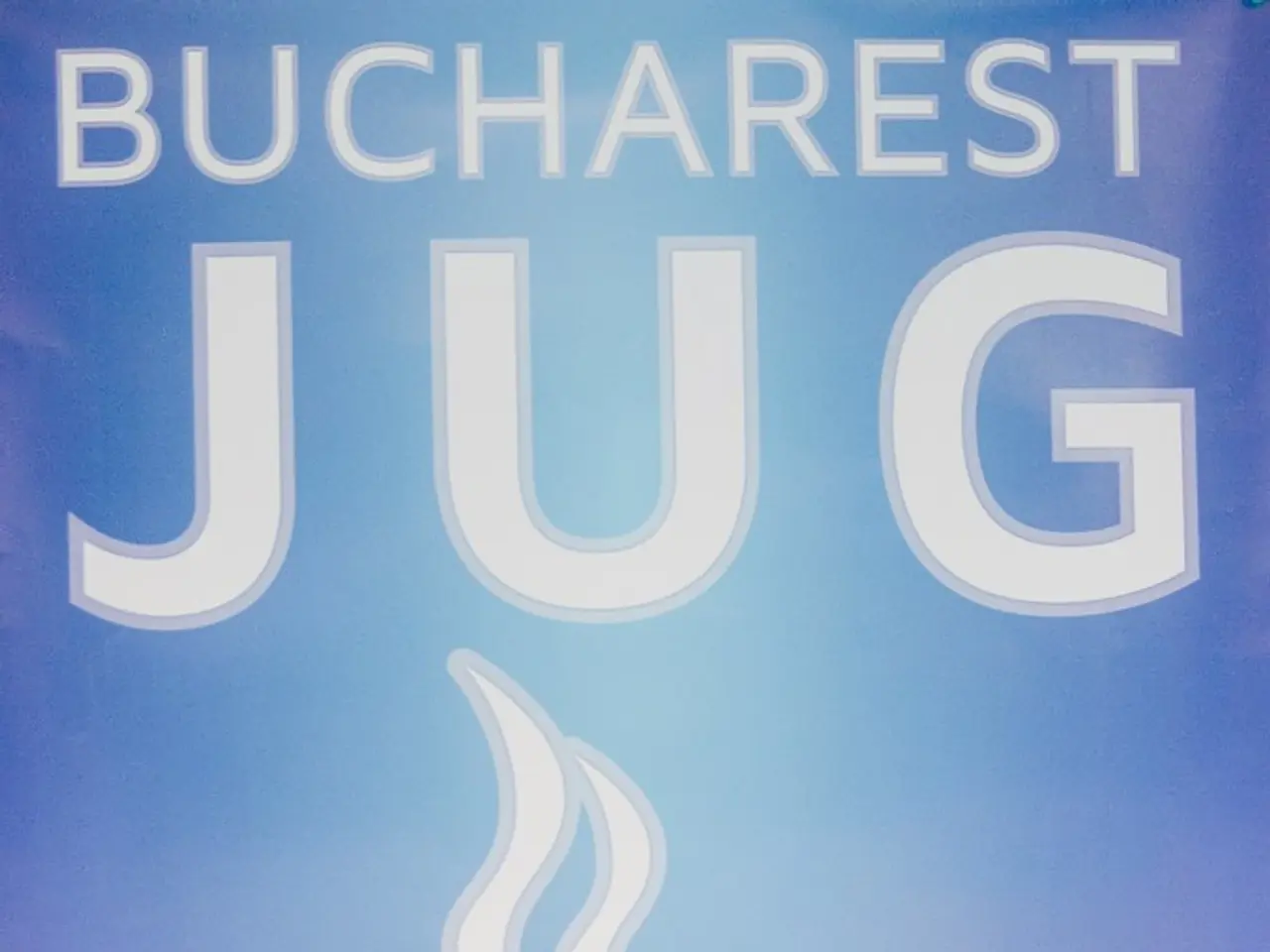Russia and Ukraine's Economic Climate: A Chaotic State
In the midst of the ongoing war in Ukraine, both Russia and Ukraine are grappling with economic challenges, particularly high interest rates that are causing inflation, elevated borrowing costs, and financial strain.
In Russia, the Central Bank has maintained interest rates around 20-21 percent to combat inflation and stabilize the economy. However, these high rates increase borrowing costs for businesses and consumers, slowing economic activity and investment. As a result, the country's economic growth is forecast to slow from around 4.4 percent in late 2024 to about 1.5-2 percent in 2025.
Ukraine, too, has high interest rates, with the National Bank maintaining rates around 15.5 percent to combat inflation. This keeps borrowing expensive for businesses and the government but is necessary to slow inflation, which has reached nearly 16 percent. High interest rates affect Ukraine's capacity to finance large military spending and rebuild its economy while managing foreign exchange reserves that have declined due to interventions and debt repayments.
Looking forward to 2025 and 2026, the combined effect of high interest rates and inflation is leading to slow economic growth and risks of recession, especially in Russia where growth is forecast around 1.5-2 percent and inflation remains stubborn. The Central Bank of Russia projects inflation will fall to 7-8 percent by the end of 2025 and stabilize at about 4 percent by 2026, but this target has been missed repeatedly. Ukraine faces ongoing challenges due to war expenditures, inflation, and foreign exchange volatility, with economic recovery dependent on controlling inflation without excessively tightening financial conditions.
Meanwhile, Poland, Bulgaria, Croatia, and Lithuania can expect noticeable economic growth in 2025 and 2026 thanks to private consumption. However, a wave of bankruptcies among companies in Russia is looming, according to experts. Additionally, the temporary end of tariff exemptions for agricultural exports to the EU is also affecting Ukraine's economy.
The destruction of critical infrastructure by Russian attacks in Ukraine is leaving deeper and deeper scars, according to Ukraine expert Olga Pindyuk, and the economic prospects for Kyiv are also not looking better, although no specific figures were provided.
In summary, high interest rates are a crucial tool to fight inflation in both economies but also contribute to slower economic growth, elevated borrowing costs, and financial challenges in the war-affected economic environment expected to persist through 2025 and into 2026.
In Russia, these high interest rates increase borrowing costs for businesses as well as consumers, thus impacting the country's industry and overall business activity. Similarly, Ukraine's high interest rates, necessary to combat inflation, affect the business sector by making borrowing expensive, potentially slowing economic recovery and finance-intensive projects such as military spending and rebuilding efforts.




